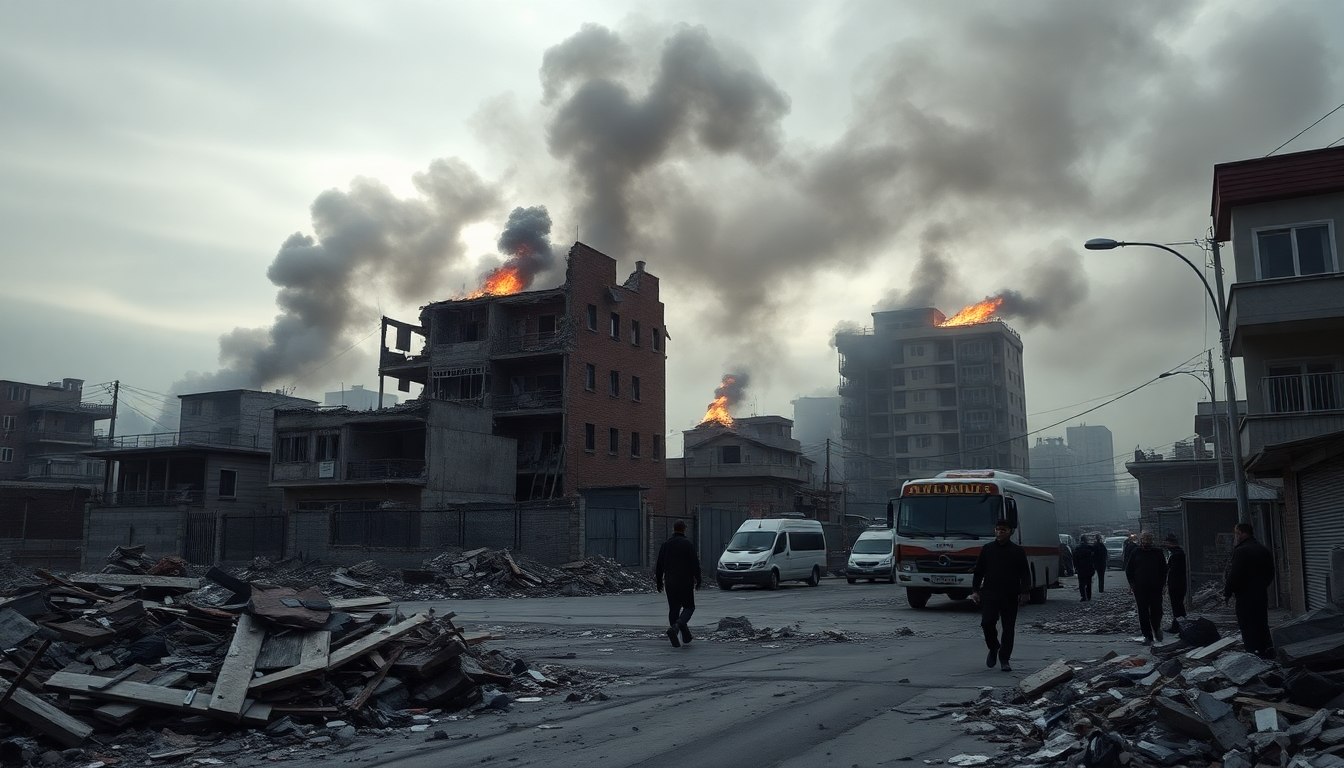Table of Contents
The recent military confrontation between Israel and Iran has sent shockwaves throughout the region, grabbing the attention of global powers and raising critical questions about the stability of the Middle East. On June 13, 2025, Israel launched a surprise attack targeting various military, nuclear, and civilian sites in Iran, leading to devastating consequences. Reports indicate that at least 935 people lost their lives, with over 5,000 injured. This escalation marks a pivotal moment in the ongoing tensions between these two nations, which have historical grievances stretching back decades.
Understanding the Conflict
To fully grasp the backdrop of this conflict, we need to delve into Iran’s nuclear program, a longstanding source of contention. Iran’s Foreign Minister, Abbas Araghchi, condemned the Israeli attacks, claiming they violated international agreements like the Nuclear Non-Proliferation Treaty (NPT) and United Nations Security Council Resolution 2231. He pointed out that these attacks not only threaten Iran but also pose significant risks to the entire region, warning that without accountability, the consequences could be dire. But what does this mean for the future?
In the aftermath of the strikes, Iran sought support from BRICS+ nations during a summit in Brazil, where leaders condemned the military actions as violations of international law. This diplomatic maneuver highlights Iran’s strategy to rally international backing against perceived aggression from Israel and the United States, reflecting the complex geopolitical dynamics at play. How will this alliance shape future conflicts?
The Human Toll and Retaliation
The humanitarian cost of this conflict is staggering. Beyond the tragic fatalities, the Iranian Health Ministry reported thousands of injuries, underscoring the devastating impact on civilians. In retaliation, Iran launched missile and drone strikes targeting Israel, resulting in additional loss of life and injuries. This vicious cycle of violence raises urgent questions about the prospects for peace in the region. Is there a way to break this cycle?
The situation reached a critical point with a US-sponsored ceasefire that took effect on June 24, providing a temporary respite from violence. However, the underlying tensions remain unresolved, and the potential for renewed conflict looms large. The patterns of escalation and retaliation illustrate a precarious balance that could tip towards greater instability. Are we witnessing a fragile peace?
Global Reactions and Future Prospects
The international community’s response to these developments has been mixed. Some nations have expressed concern over the legality of military strikes against Iran’s nuclear facilities. The BRICS+ nations’ condemnation of the attacks represents a significant diplomatic achievement for Iran, which has historically faced isolation on the global stage. But what does this mean for future alliances?
Looking ahead, it’s crucial to consider the potential for future negotiations aimed at de-escalating tensions. The need for diplomatic channels is more vital than ever, as the risk of miscalculation could spark further conflict. As the world watches closely, the outcomes of this confrontation will likely have lasting repercussions for both Israel and Iran, as well as for international relations in the Middle East. Will diplomacy prevail, or are we destined for more conflict?


